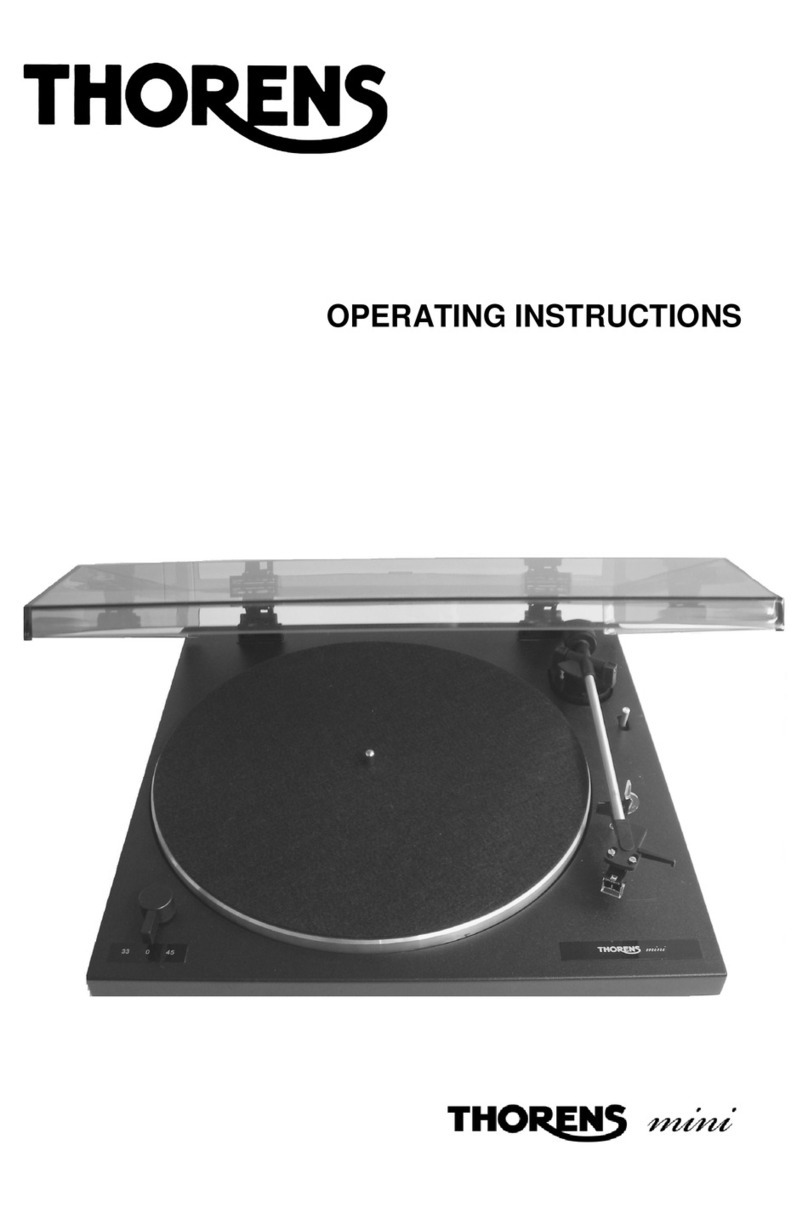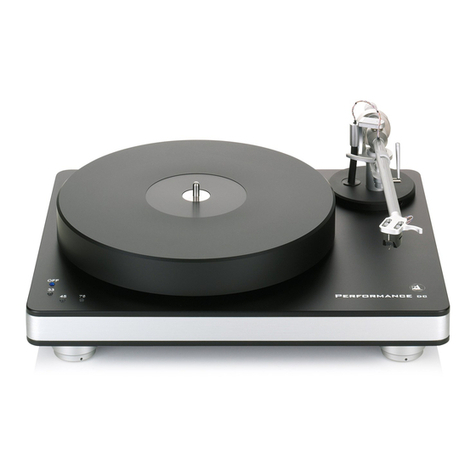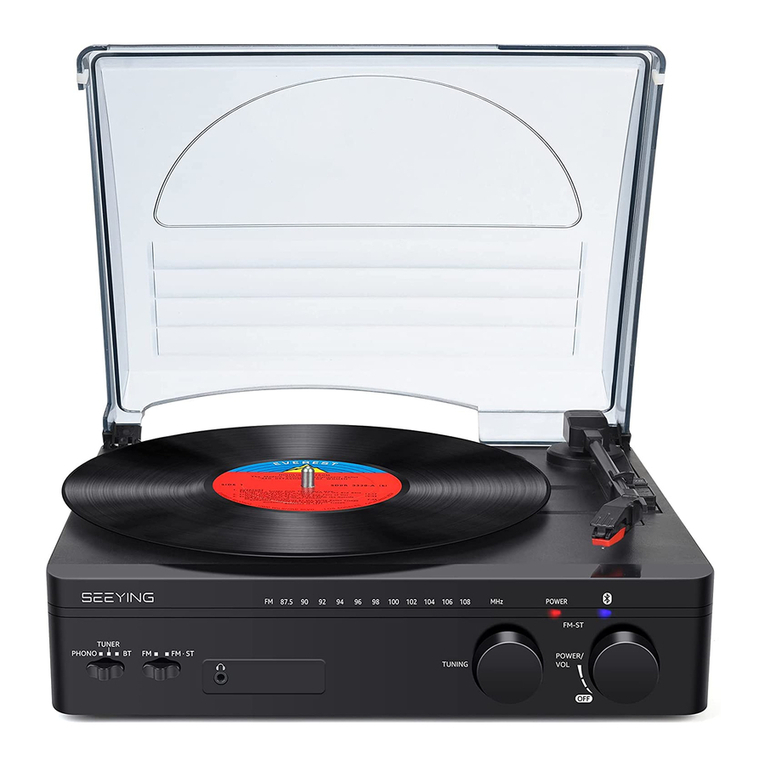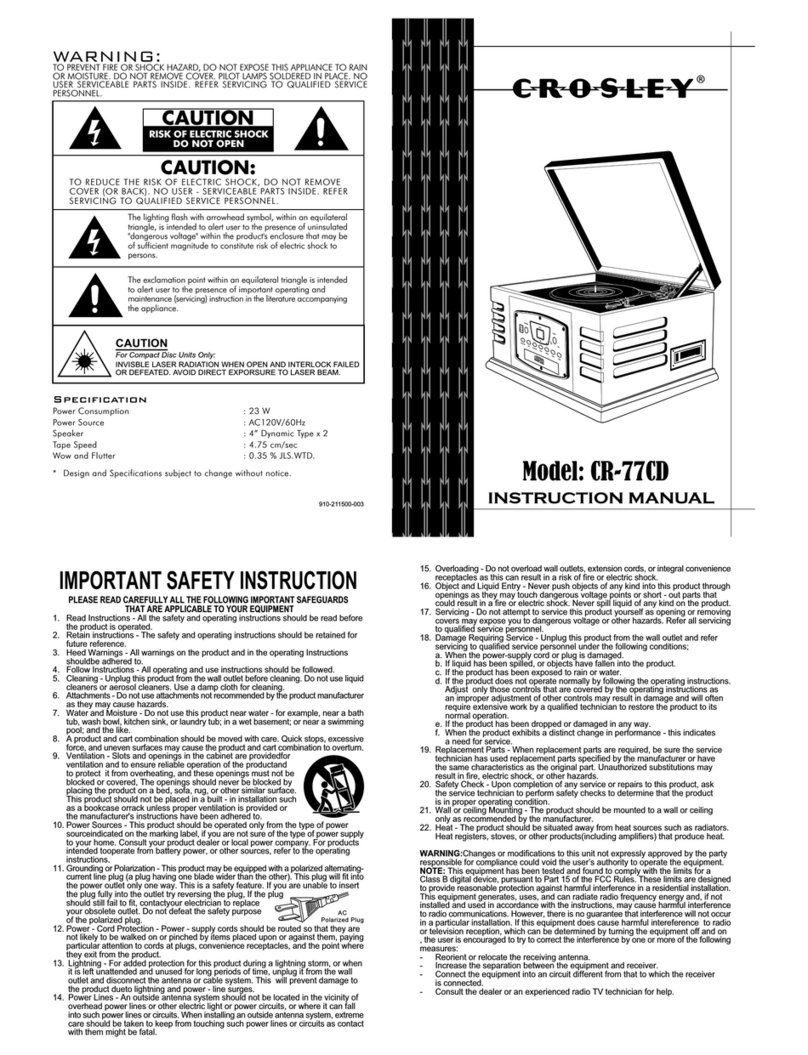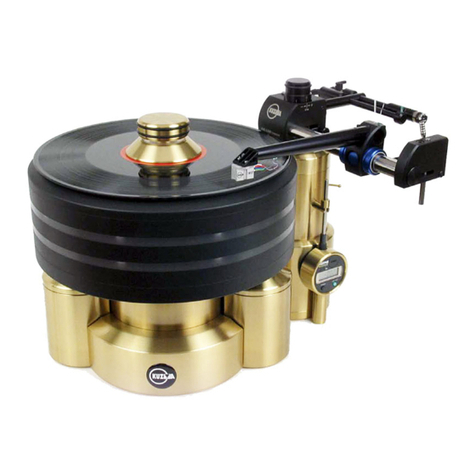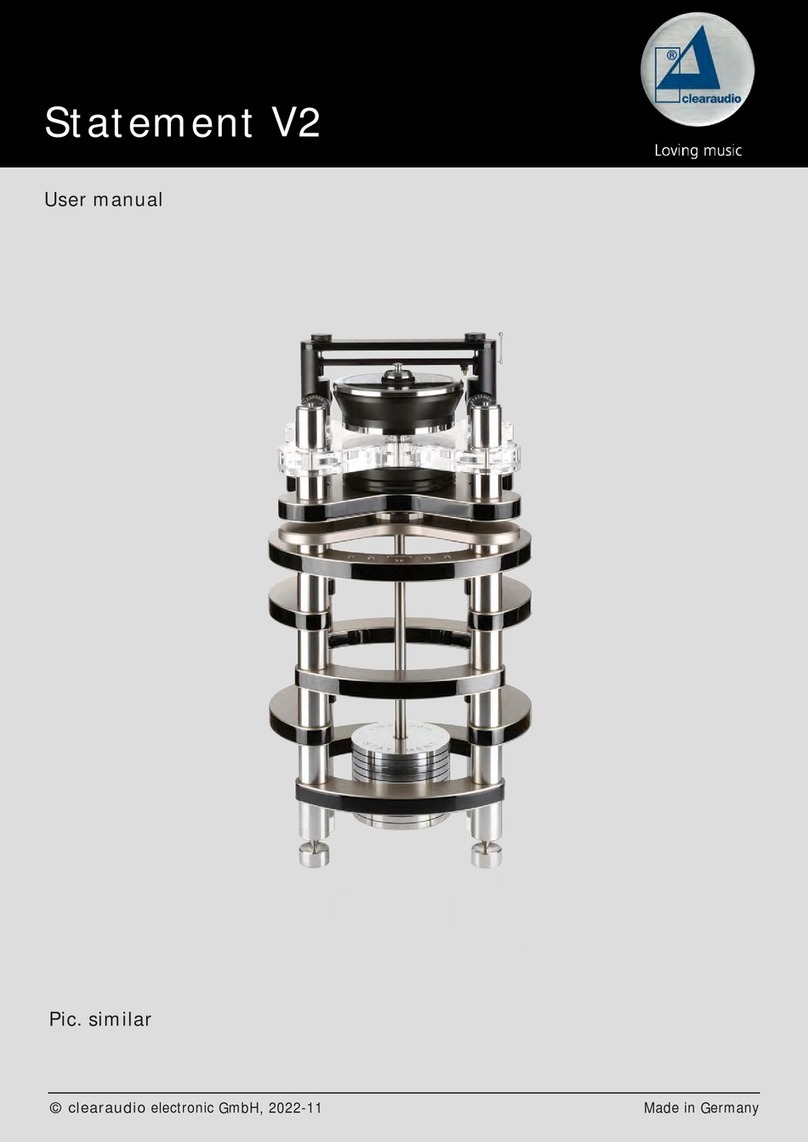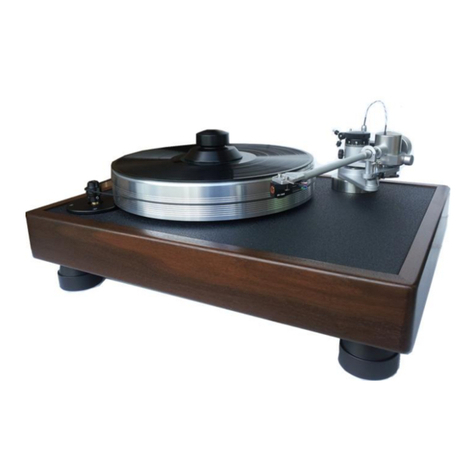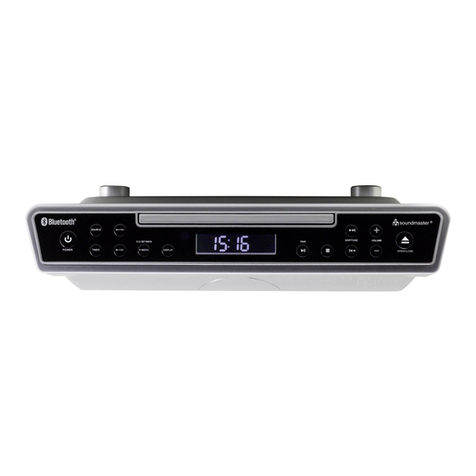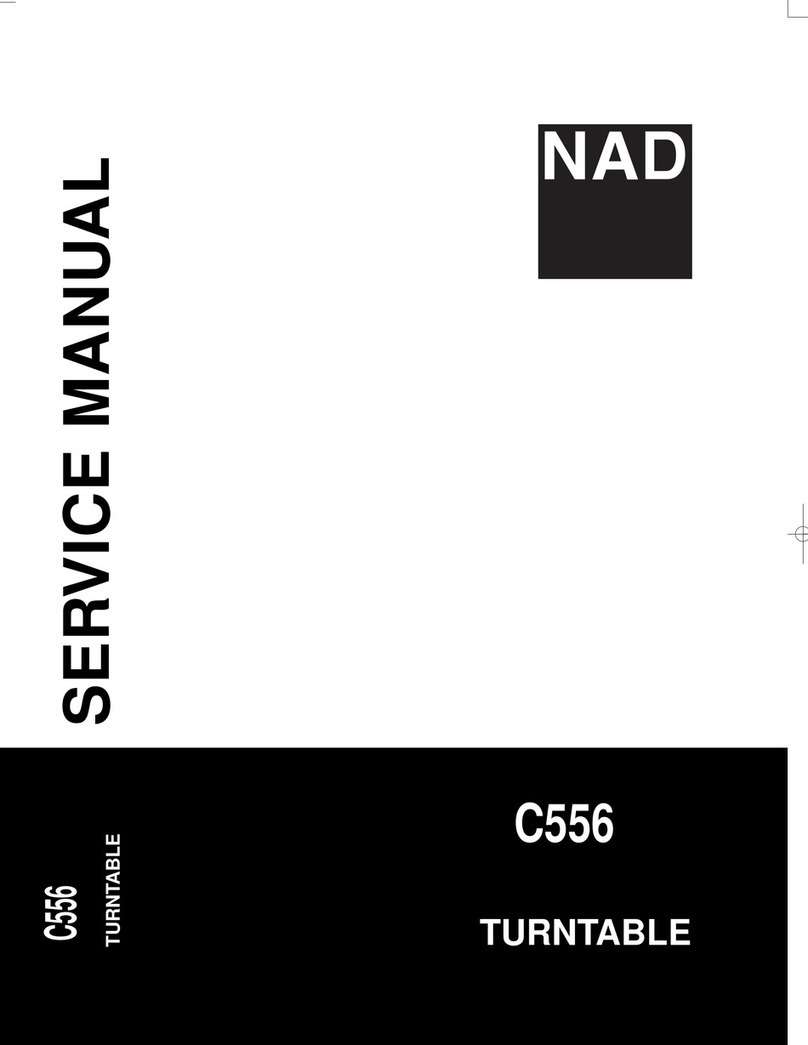THORENS TD 166 MKII User manual




















Table of contents
Other THORENS Turntable manuals

THORENS
THORENS TD 190 User manual
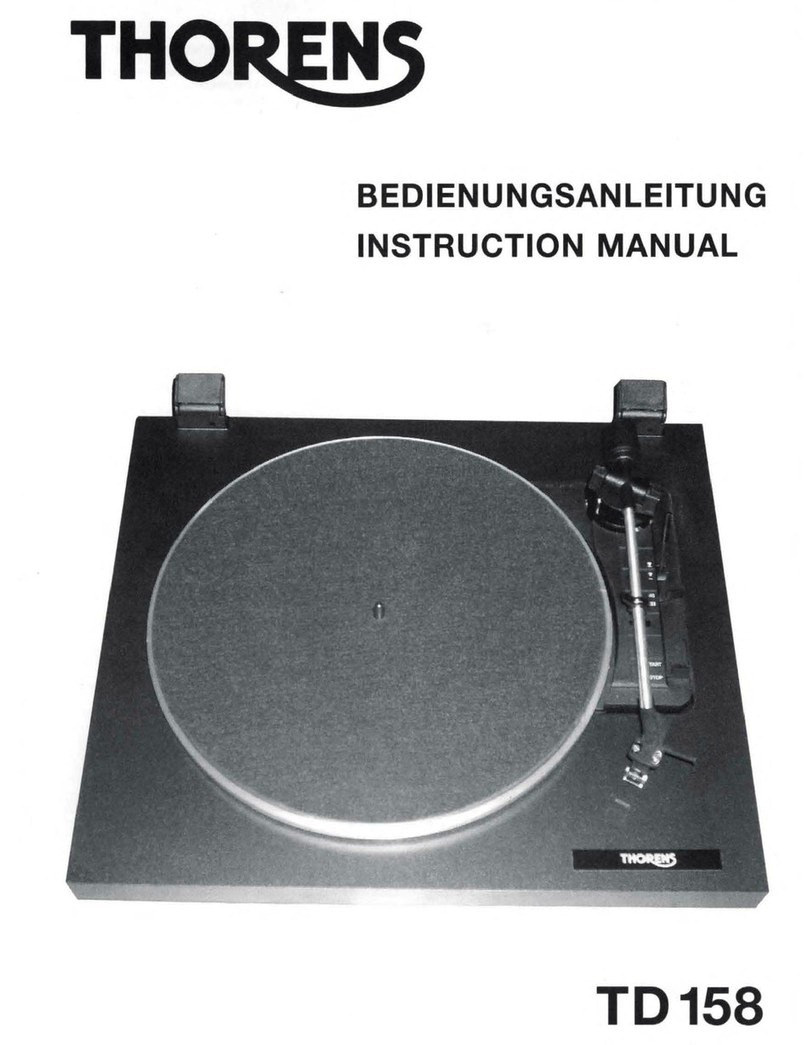
THORENS
THORENS TD 158 User manual

THORENS
THORENS TD 1500 User manual
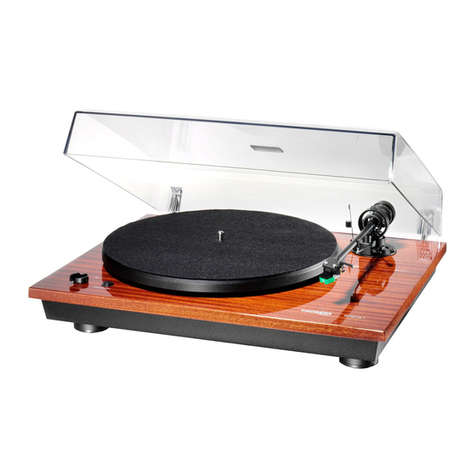
THORENS
THORENS TD 295 MK IV User manual
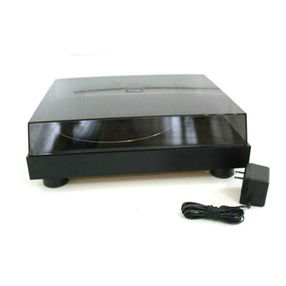
THORENS
THORENS TD 180 User manual
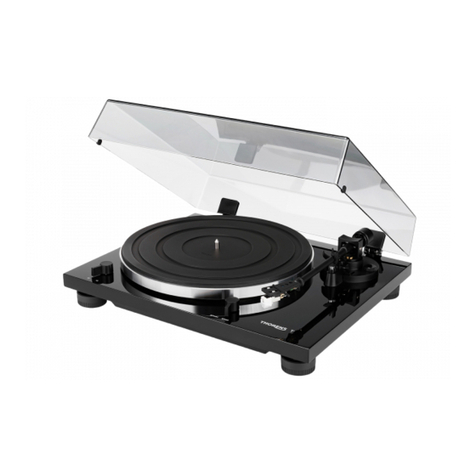
THORENS
THORENS TD201 User manual

THORENS
THORENS TD 903 User manual
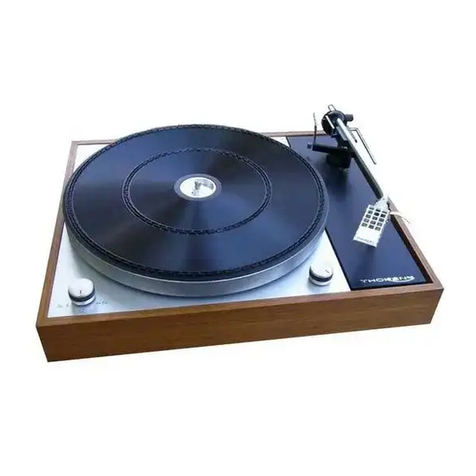
THORENS
THORENS TD 150/II User manual
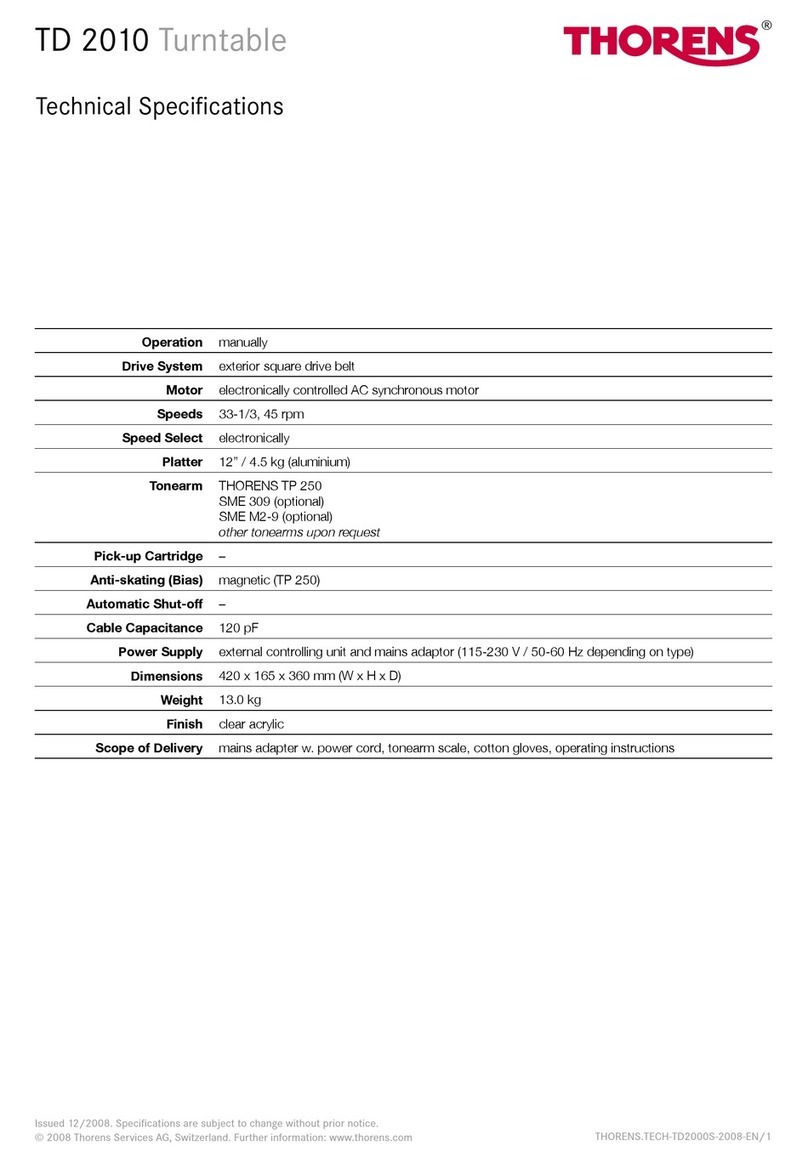
THORENS
THORENS TD 2010 User manual
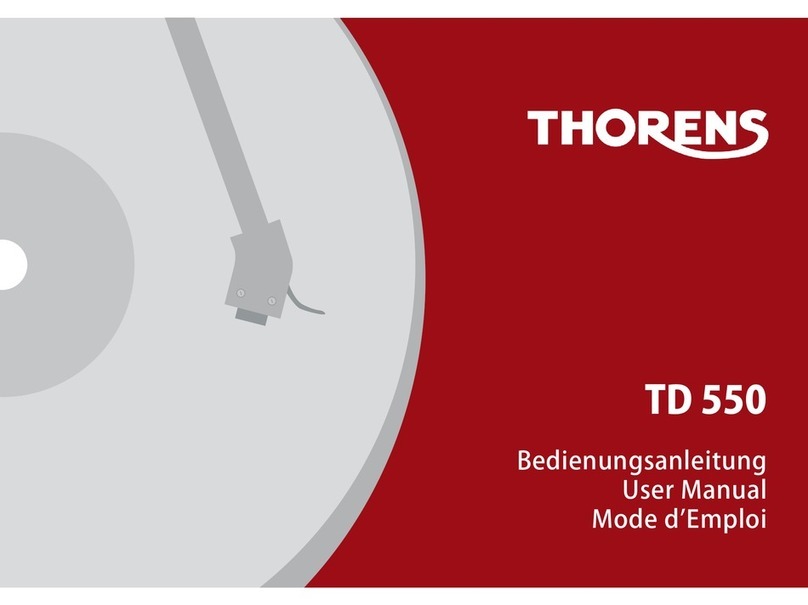
THORENS
THORENS TD 550 User manual

THORENS
THORENS MM 001 User manual
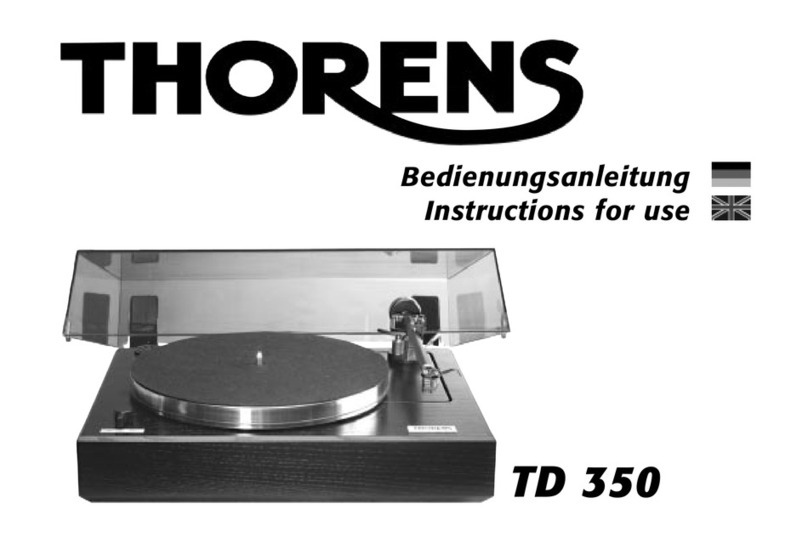
THORENS
THORENS TD 350 User manual
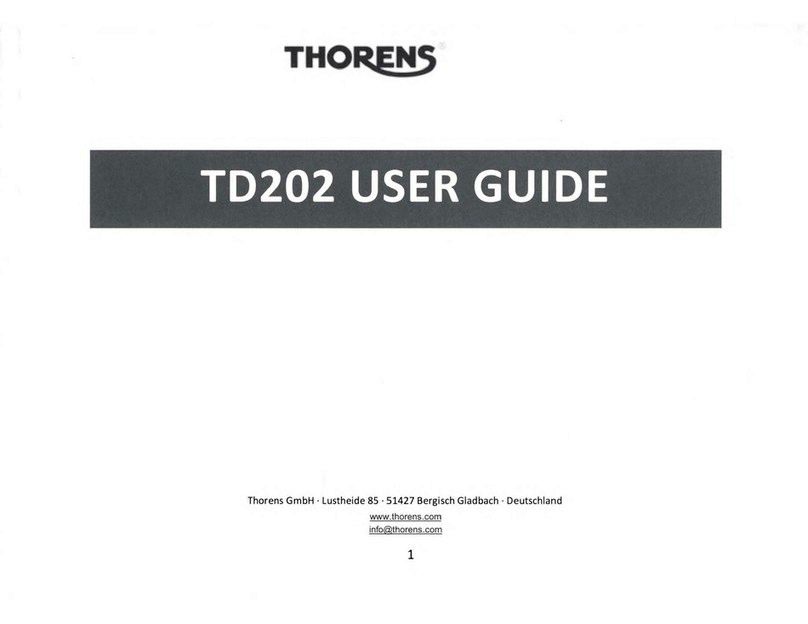
THORENS
THORENS TD202 User manual
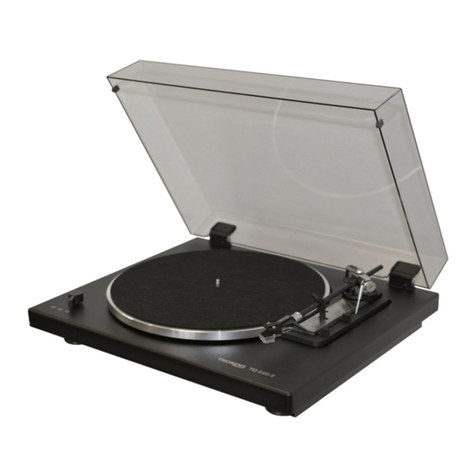
THORENS
THORENS TD 240-2 User manual

THORENS
THORENS TD 295 MKIV User manual
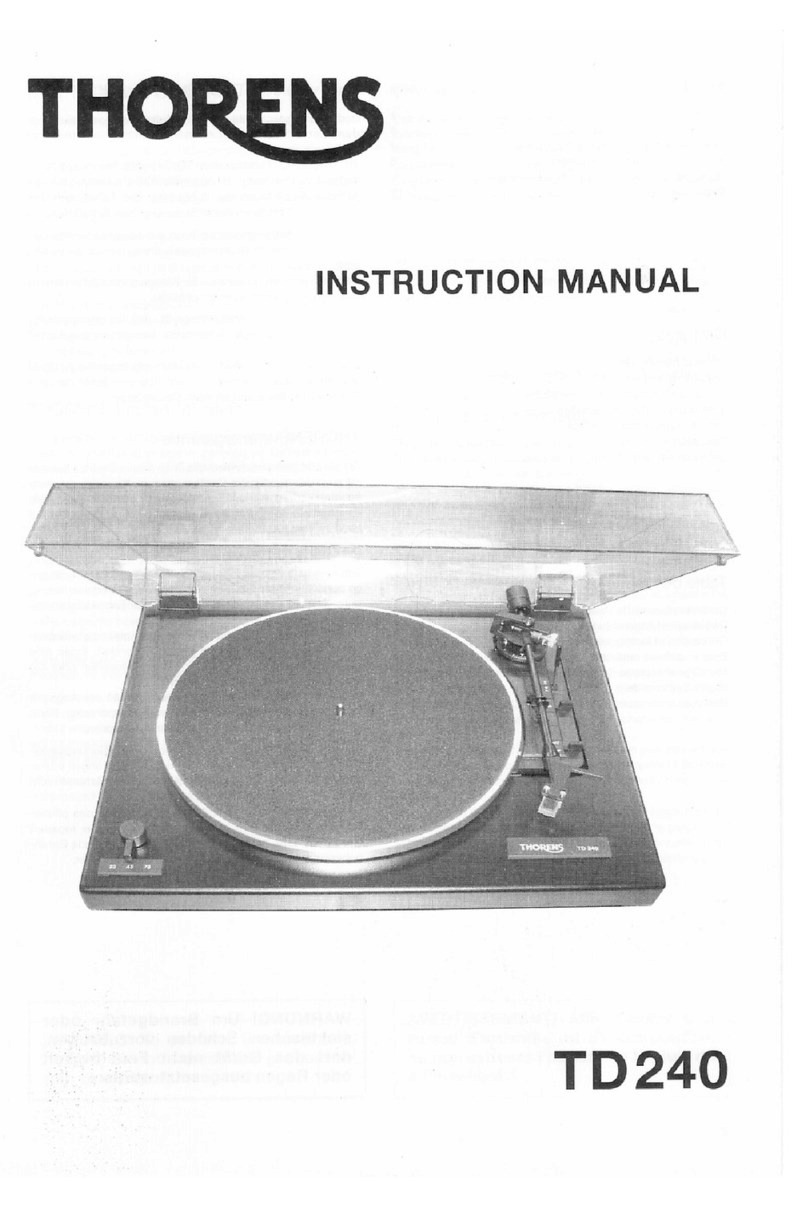
THORENS
THORENS TD 240 User manual
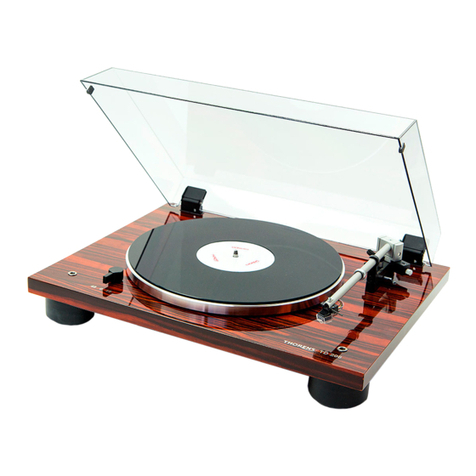
THORENS
THORENS TD 206 User manual
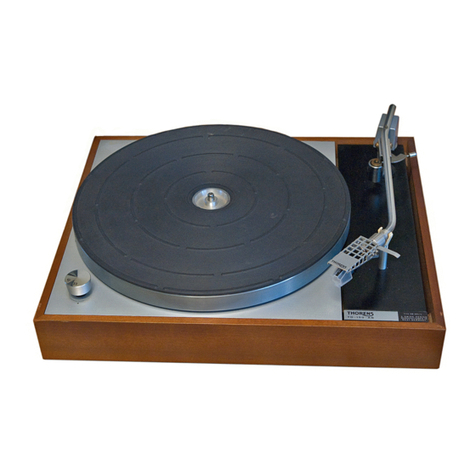
THORENS
THORENS TD160 User manual
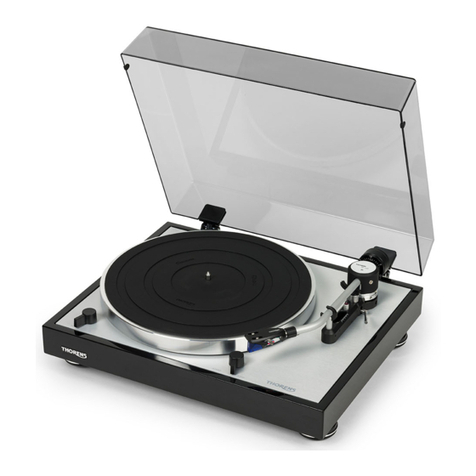
THORENS
THORENS TD 403 DD User manual
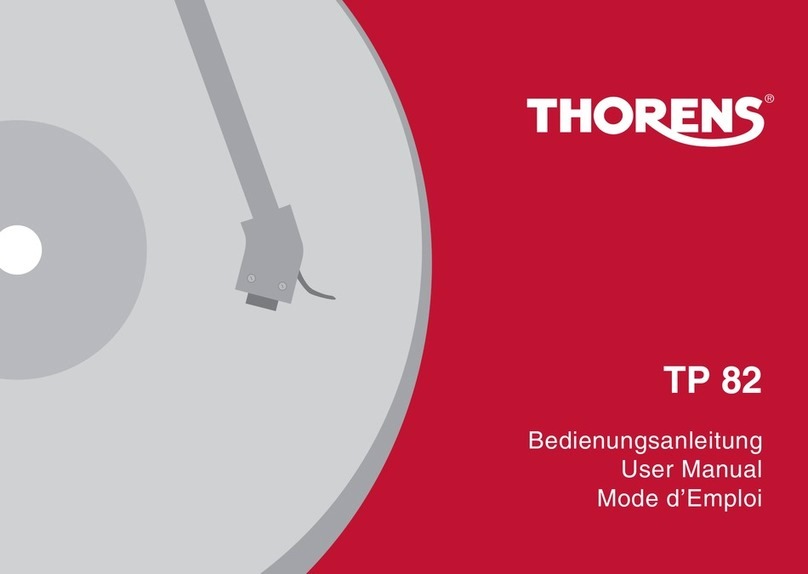
THORENS
THORENS TP 82 User manual
Popular Turntable manuals by other brands
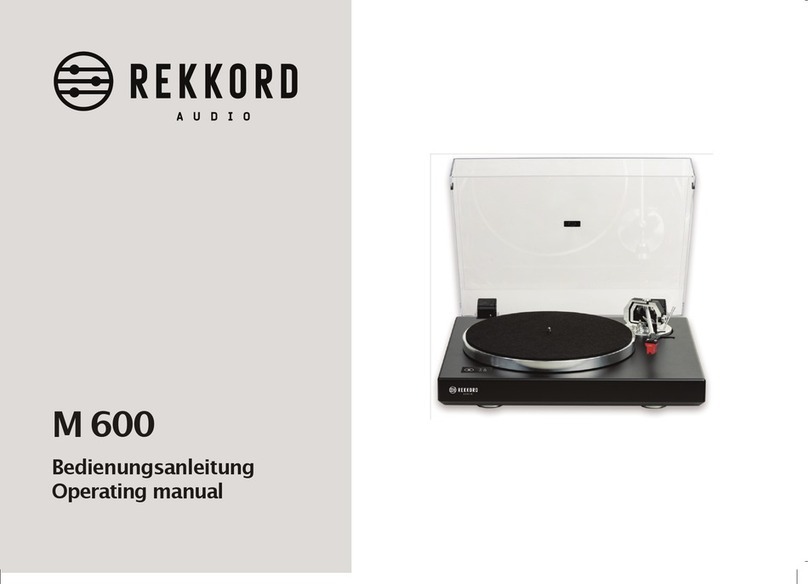
REKKORD AUDIO
REKKORD AUDIO M 600 operating manual

Pro-Ject Audio Systems
Pro-Ject Audio Systems Pro-Ject Debut III E Instructions for use

Yamaha
Yamaha MusicCast VINYL 500 owner's manual

Fenton
Fenton RP162 instruction manual
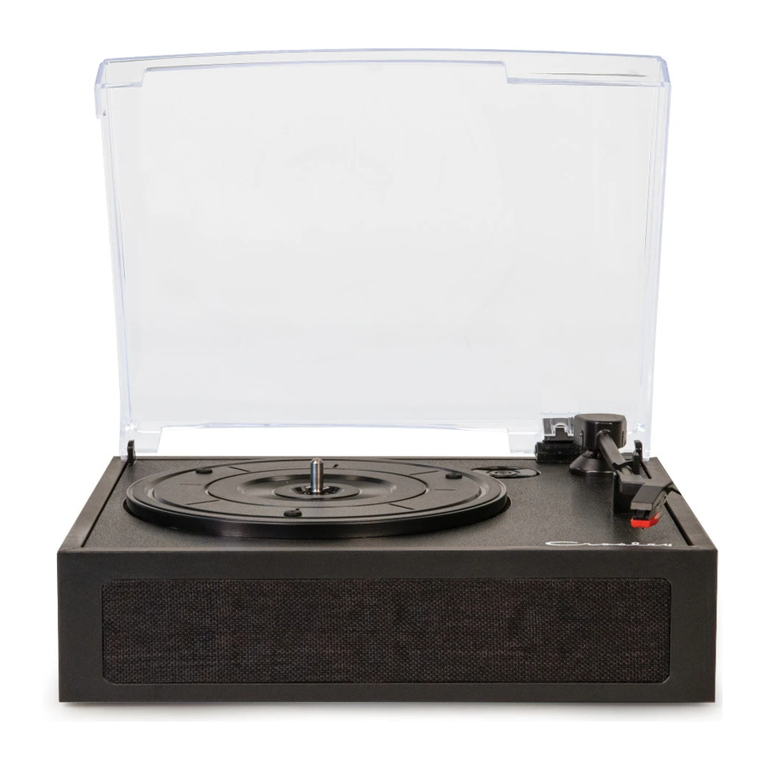
Crosley
Crosley CR6040A user manual
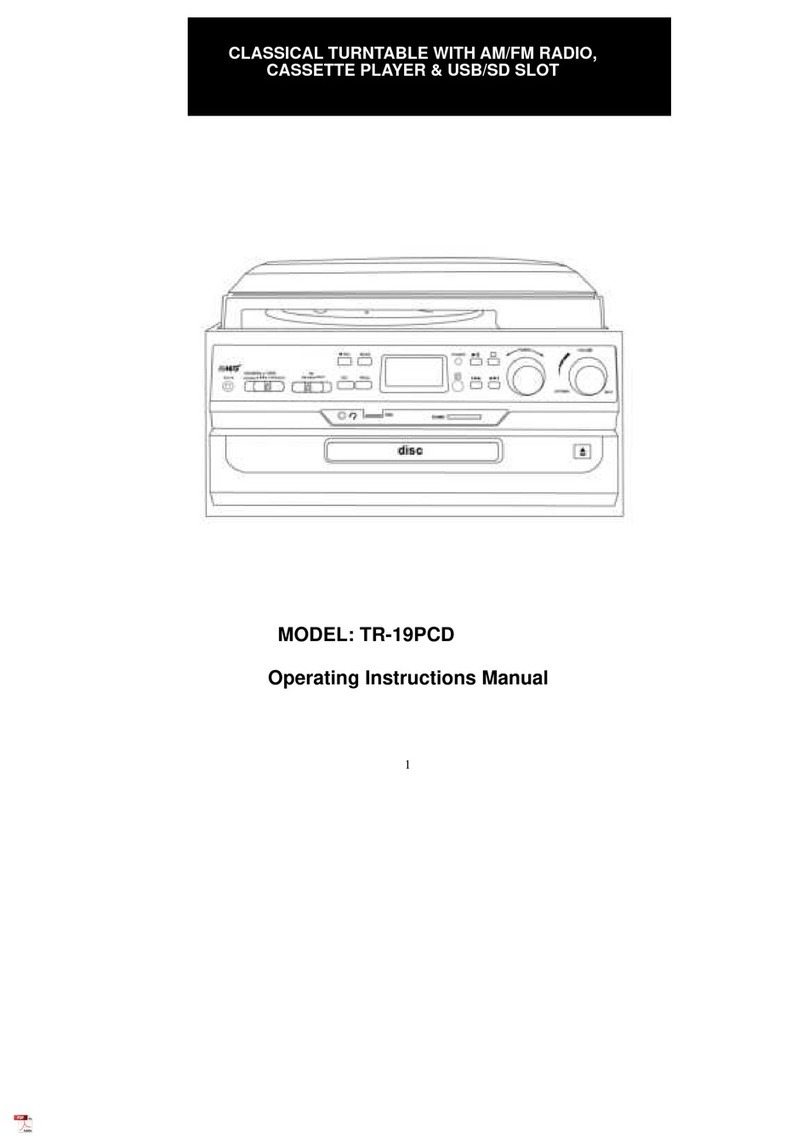
Dosound Electronics
Dosound Electronics TR-19PCD Operating instructions manual
